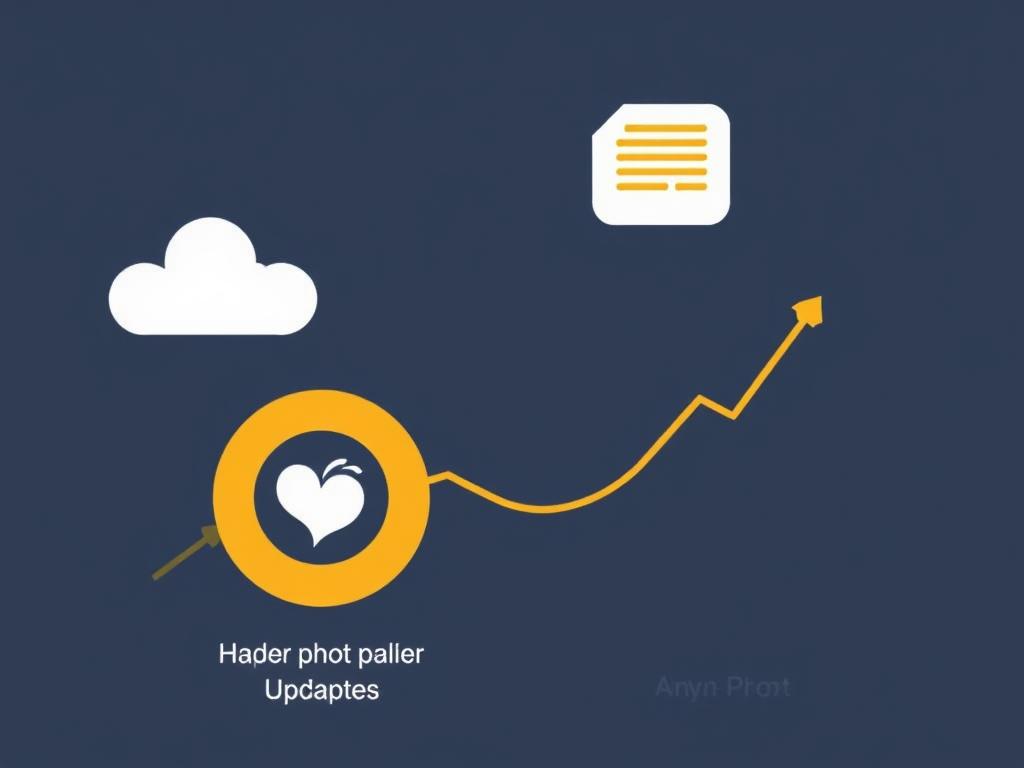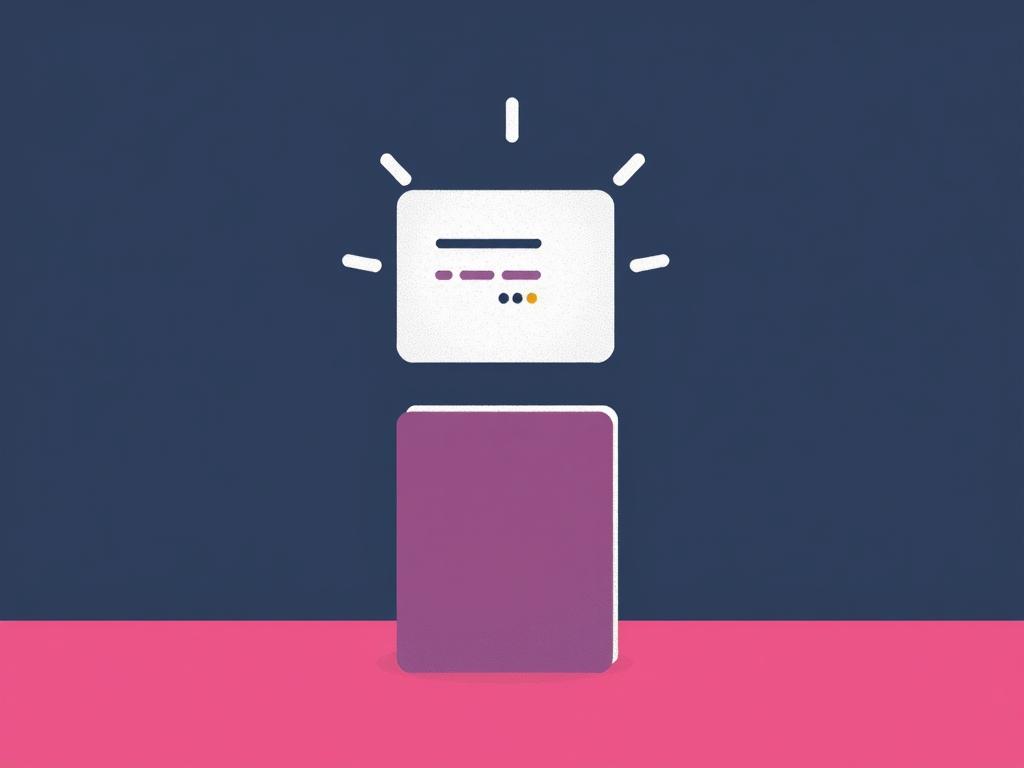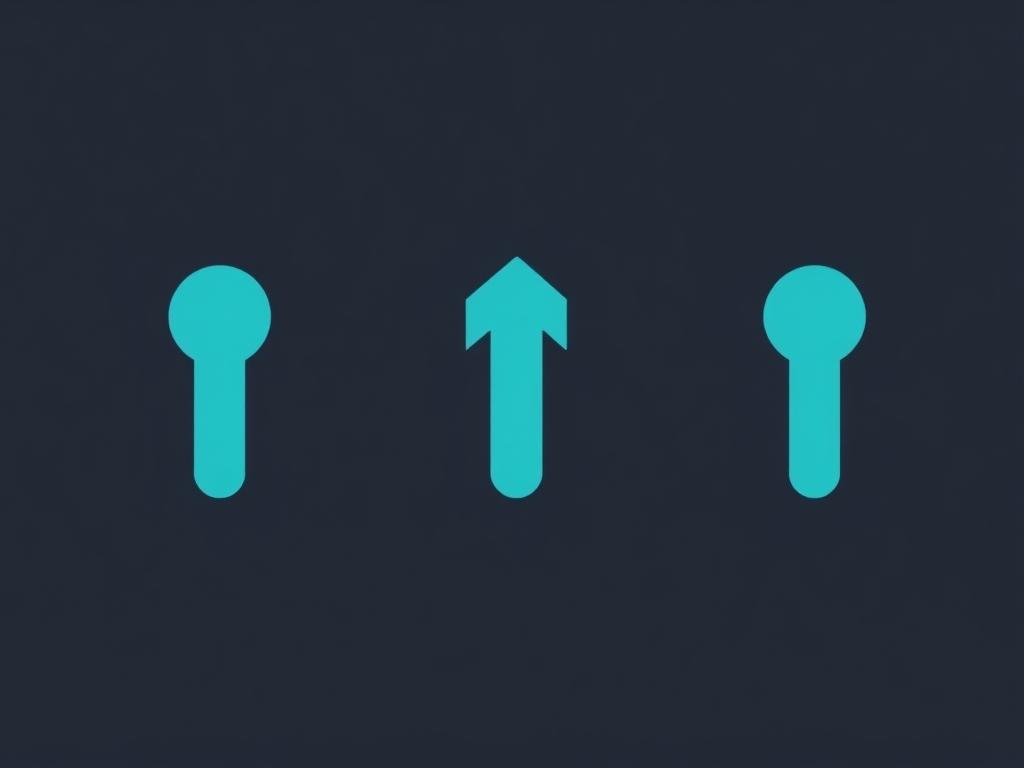Understanding Progressive Web Apps (PWAs)

Progressive Web Apps, commonly known as PWAs, have revolutionized the way we interact with web applications. Unlike traditional websites, PWAs combine the best features of both web and mobile apps, offering users a fast, reliable, and engaging experience. They work offline, send push notifications, and load extremely quickly, making them a favorite among developers and users alike. One crucial aspect that keeps PWAs feeling fresh and smooth without disrupting users is the mechanism behind updates—specifically, soft updates.
What Are Soft Updates in PWAs?
At its core, a soft update is a way of updating the content or features of a Progressive Web App without forcing the user to refresh the page or close the app entirely. Unlike hard updates, which can appear intrusive—prompting users to reload the app and possibly losing their current state—soft updates work quietly in the background. They synchronize the latest changes without interrupting the user’s interaction with the app. This feature is essential to maintain a seamless and satisfying user experience.
How Soft Updates Differ from Traditional Updates

Traditional updates often rely on the user actively refreshing the browser or restarting the app. This can lead to frustration, especially if users lose their data or progress. In contrast, soft updates leverage technologies inherent in PWAs, like service workers and caching strategies, to pull new content behind the scenes. When done correctly, soft updates ensure users always have the latest version of the app without even noticing an update occurred.
The Technical Backbone: Service Workers and Cache Management
To appreciate how soft updates function, it’s important to understand the role of service workers in PWAs. Service workers are scripts that run in the background, independent of the web page, enabling features like offline capabilities and background syncing. They intercept network requests and decide how to serve resources—either from the cache or by fetching new data from the network.
Soft updates rely heavily on efficient cache management. The service worker checks for updated files on the server while the user continues to interact with the app. Once the new files are ready, the service worker updates the cache quietly and directs the app to use the new content on the next interaction or page load. This approach avoids abrupt refreshes and keeps user engagement uninterrupted.
Common Strategies for Implementing Soft Updates
Developers use various techniques to manage soft updates effectively. Some of the most popular methods include:
- Stale-While-Revalidate: The app serves cached content immediately while fetching updated content in the background.
- Cache-First: Prioritizes serving from cache but checks for newer versions to prepare for subsequent loads.
- Background Sync: Allows deferred updates to synchronize once the network is available.
Each of these strategies balances performance and freshness, aiming to deliver consistent, up-to-date content without sacrificing responsiveness.
Benefits of Soft Updates in PWAs
Soft updates contribute significantly to both user satisfaction and developer convenience. Here are some of the main benefits:
| Benefit | Description |
|---|---|
| Smooth User Experience | Users do not experience disruptive reloads or forced restarts, maintaining their app state seamlessly. |
| Improved Performance | By serving cached content instantly, apps load faster even during updates. |
| Reduced Frustration | Users avoid losing data or progress due to unexpected refreshes. |
| Efficient Bandwidth Use | Only changed resources are fetched, minimizing unnecessary data transfer. |
| Better Offline Support | Soft updates complement PWA offline functions by keeping the cache fresh without interrupting offline use. |
Challenges and Considerations When Using Soft Updates
Despite the clear advantages, implementing soft updates requires careful planning. Developers must ensure that the app handles cache invalidation correctly, meaning the app recognizes when to replace outdated resources. If this process fails, users might experience stale data or bugs caused by inconsistent versions.
Another challenge is state management. Since the app doesn’t reload immediately, the app’s internal state must be compatible with incoming updates. Some updates may require migrating stored data or carefully handling feature toggles to avoid conflicts during user sessions.
Best Practices for Soft Updates in PWAs
To maximize the benefits while minimizing issues, developers should follow these best practices:
- Test update flows extensively to confirm that cache refreshes work smoothly across browsers and devices.
- Implement versioning in cache names so the service worker can distinctly manage old and new resources.
- Notify users unobtrusively about updates when immediate action is necessary.
- Maintain backward compatibility when updating app components.
- Use analytics to monitor update success rates and user engagement post-update.
The Future of Soft Updates in PWAs

As Progressive Web Apps continue to evolve, soft updates will likely play an increasingly important role. The growing complexity of web applications demands more seamless ways to deliver improvements without compromising user experience. With advancements in service worker APIs and browser capabilities, future soft updates will become smarter—perhaps integrating AI to anticipate user behavior and optimize when and how updates occur.
Moreover, the increasing adoption of PWAs across industries—from e-commerce to social media—means that the expectations for fast, uninterrupted service will only rise. Soft updates, therefore, represent a critical piece in the puzzle of making web apps truly app-like and user-friendly.
Conclusion
Soft updates are a game-changer in the world of Progressive Web Apps, providing an elegant solution to the challenge of delivering fresh content and features without disrupting user activity. By leveraging service workers and smart caching strategies, developers can ensure their PWAs remain fast, reliable, and engaging. While implementing soft updates requires attention to detail and thoughtful design, the benefits—improved performance, smoother user experience, and efficient bandwidth use—are well worth the effort. As PWAs become more prevalent, mastering soft updates will be essential to creating web apps that feel truly seamless and modern, keeping users happy and coming back for more.

